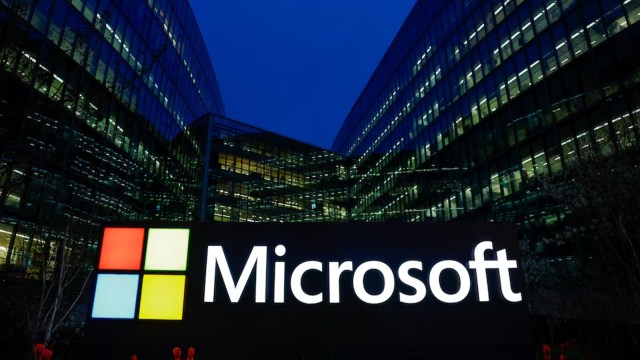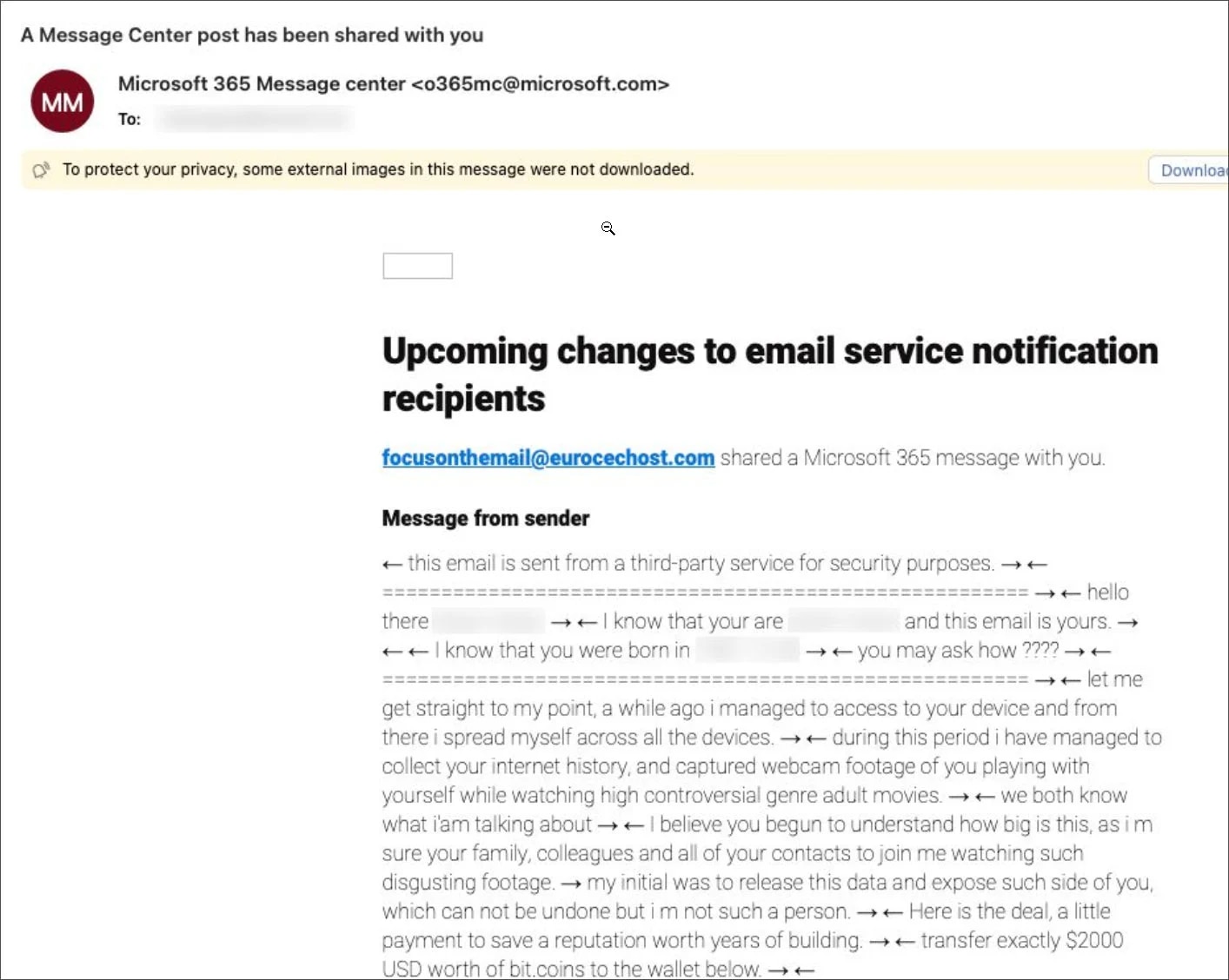Don’t get duped: Hackers use legitimate Microsoft email address to run sextortion email scam
As it turns out, scammers are sending sextortion emails from Microsoft's legitimate email address which the company uses to inform users of updates and service advisories.
 Scammers are using Microsoft 365 Admin Portal to send sextortion emails to users. (File Photo)
Scammers are using Microsoft 365 Admin Portal to send sextortion emails to users. (File Photo)The Microsoft 365 Admin Portal is reportedly being used to send sextortion emails to users claiming that their smartphone, tablet or PC was hacked to capture images or videos of them performing sexual acts.
Despite being old, sextortion email scams are more common than you think, but most of these emails end up in spam. In the last few years, scammers have improvised on the original idea. In some cases, these scammers may pretend to have pictures or videos of your spouse cheating or pictures of you in your home. To give you a quick recap, these scams first appeared around 2018 and raked in anywhere between $500 to $5000 from unsuspecting individuals.
However, a recent report by Bleeping Computer suggests that scammers are now using the Microsoft 365 Admin Portal to bypass spam filters and other security restrictions. It goes on to say that these emails come from “0365mc@microsoft.com”, which may look like a fake address at first sight but is the legitimate email used by the tech giant to send messages and notifications to users.
 Here’s how the sextortion email looks like. (Image Source: Edmin Kwan/LinkedIn/Bleeping Computer)
Here’s how the sextortion email looks like. (Image Source: Edmin Kwan/LinkedIn/Bleeping Computer)
These emails appear from legitimate Microsoft email address
For those not in the know, the Microsoft 365 Admin Portal has a feature called Message Center, which notifies users about features, updates and service advisories. Users can share these ‘service advisories’ with others and send a personal message of up to 1,000 characters.
As it turns out, threat actors have managed to somehow bypass this limit and are using this feature to send sextortion messages. The scammers also seem to have automated the entire process of sharing advisories with users, making it easier to send these messages without any restrictions.
In the image , you can see that the user received an email from Microsoft’s legitimate email address informing them of changes to email service notifications, below which the scammers add a personal message stating that they have images or videos of the user in compromising situations. The email also tells users that they have to send $2000 worth of Bitcoin to the wallet below.
If you get a similar email from Microsoft, its most likely a scam, so make sure not to open any links or send money to unknown crypto wallets or bank accounts. In a statement to Bleeping Computer, Microsoft said that it is currently investigating the scam. The publication also claims that the tech giant is yet to close the loophole that allowed scammers to send such messages.







